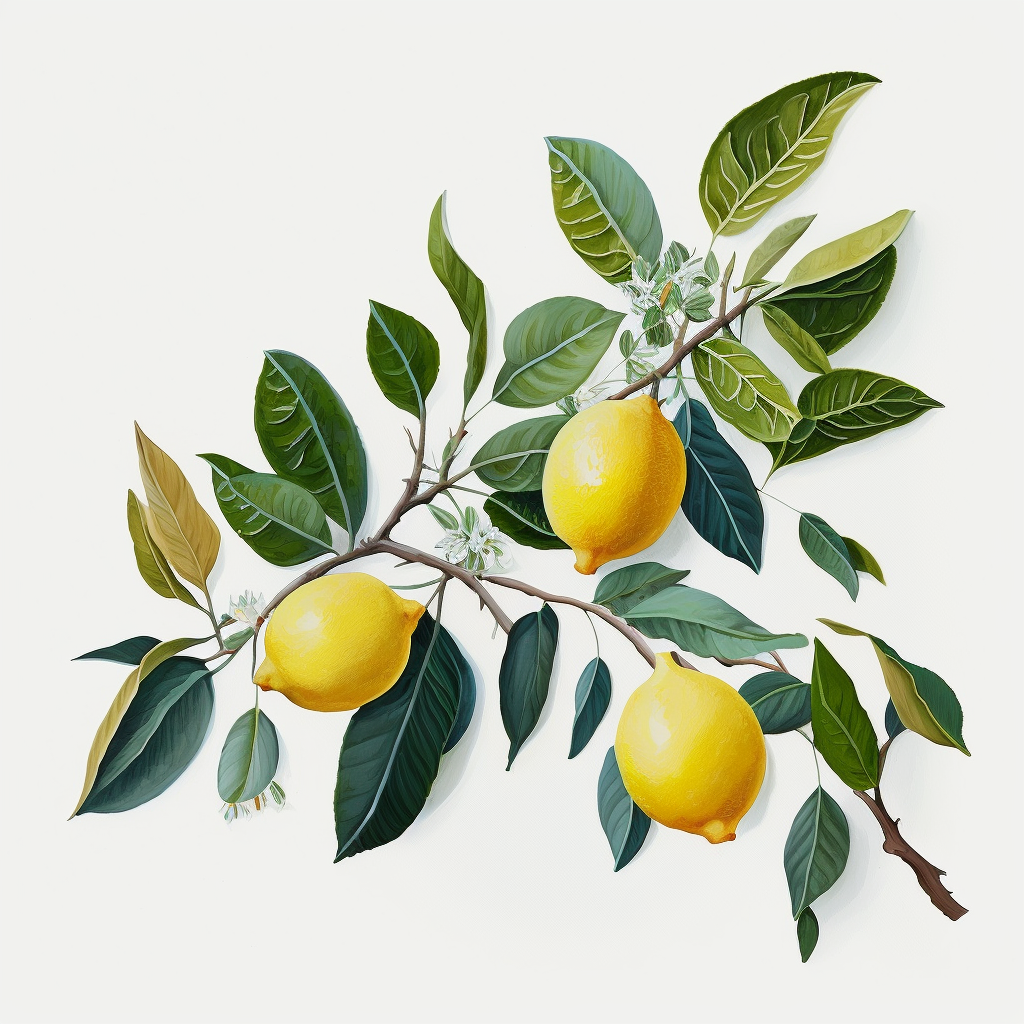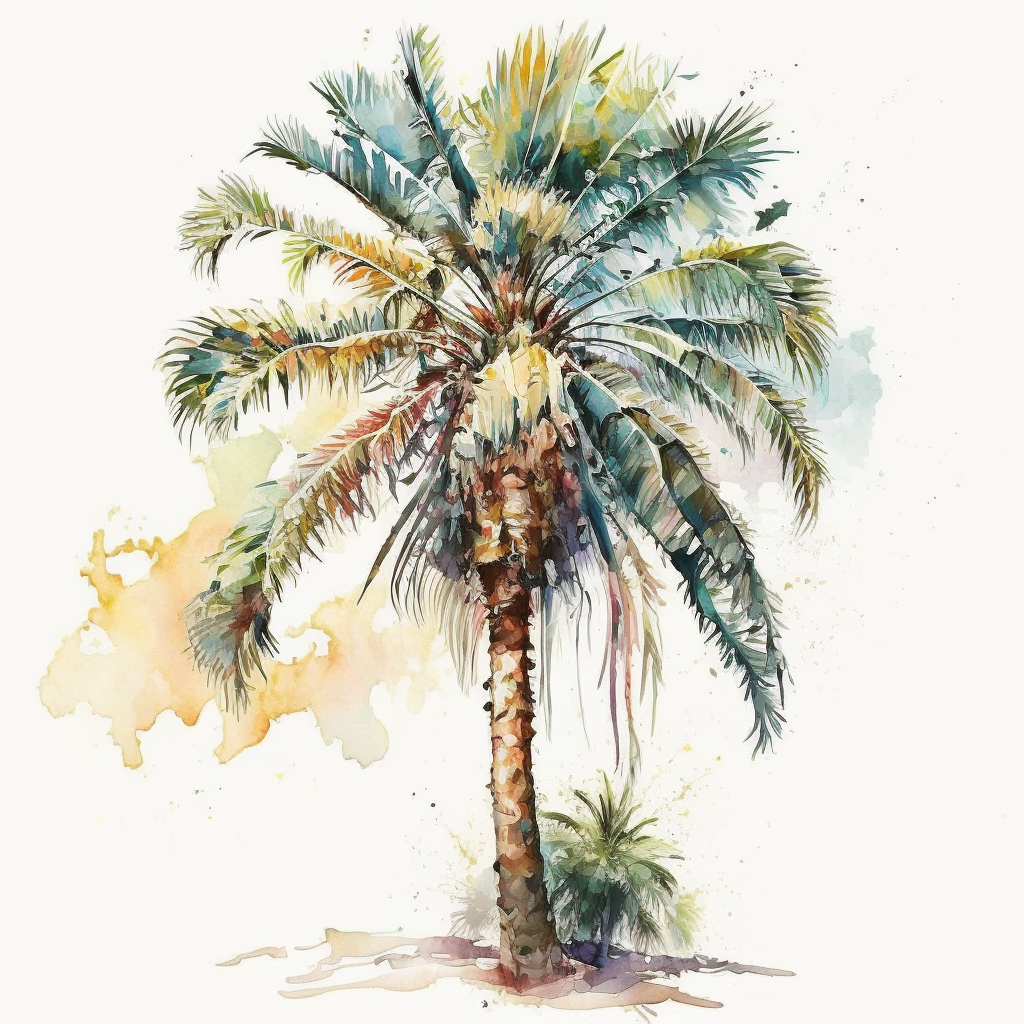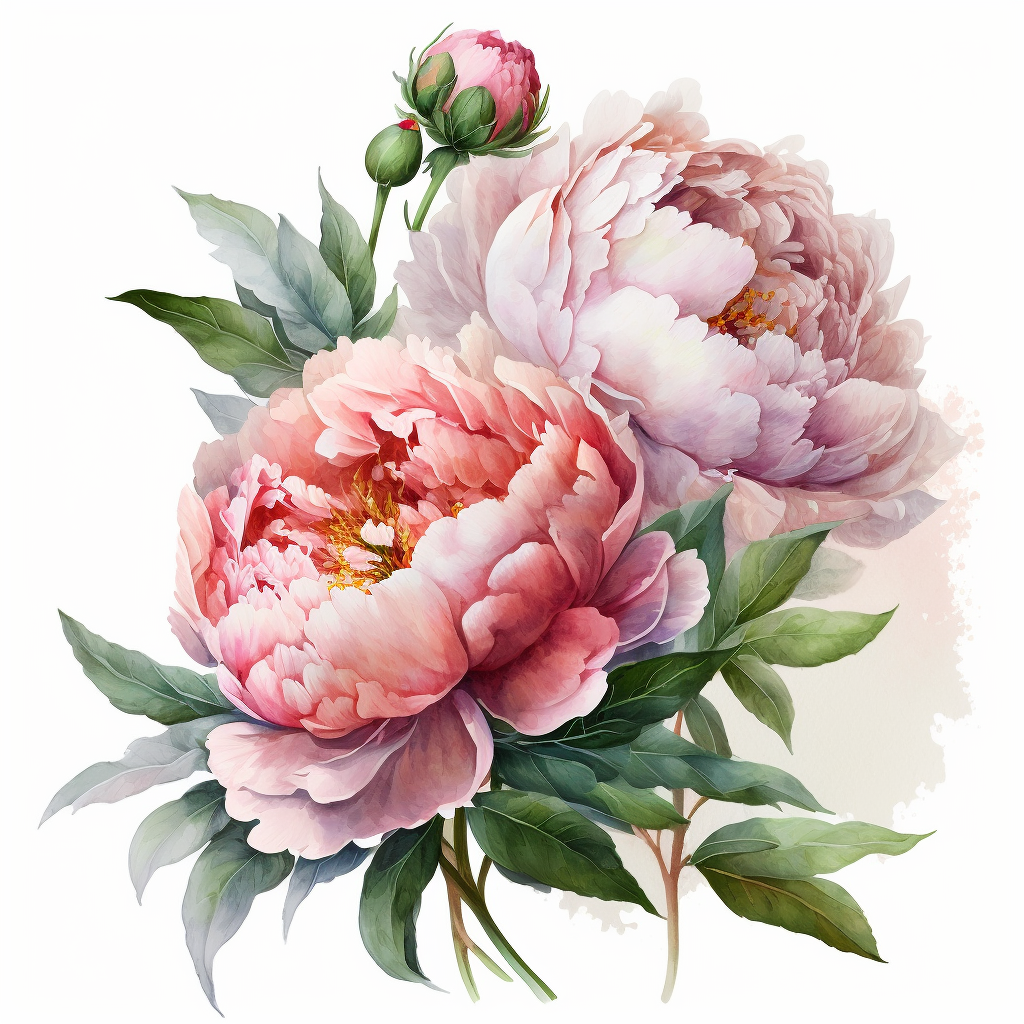If you’re new to the world of painting, you might be wondering about the differences between watercolor and acrylic techniques. Both are popular mediums that offer unique possibilities and challenges for artists and can have a different effect in their ultimate place in a personal art collection, in home decor, and interior design. In this blog post, we’ll take a closer look at the differences between watercolor and acrylic painting techniques.


Watercolor Painting Techniques
Watercolor is a versatile medium that can create soft, ethereal washes or bold, vibrant colors. Watercolor paints are made by mixing pigments with a binder that dissolves in water. The watercolor technique involves painting with thin layers of transparent colors on paper. Watercolor painting is usually done on white or lightly toned paper, as the paper itself is an important part of the painting.
Watercolor techniques involve a lot of planning and careful layering, as the paint is difficult to correct or cover once it’s been applied. This means that watercolor artists need to be patient and have a good understanding of color theory, as well as the properties of water and paint. Some popular watercolor techniques include:
- Wet-on-wet: This technique involves applying wet paint to a wet surface, allowing the colors to blend and bleed into each other.
- Dry-brush: This technique involves using a dry brush to apply paint to a dry surface, creating a textured, scratchy effect.
- Glazing: This technique involves layering thin, transparent washes of color on top of each other to create a deep, rich color.

Acrylic Painting Techniques
Acrylics are a popular medium for artists who want the flexibility of watercolor with the boldness and vibrancy of oils. Acrylic paints are made by mixing pigments with a synthetic binder that dries quickly and is water-soluble when wet. Acrylic painting techniques involve painting on canvas, paper, or other surfaces with opaque, quick-drying paint.
Acrylic painting techniques are more forgiving than watercolor, as the paint can be layered and corrected more easily. This means that acrylic artists can experiment more freely with color and texture. Some popular acrylic techniques include:
- Impasto: This technique involves applying thick, textured layers of paint to create a three-dimensional effect.
- Glazing: Similar to the watercolor technique, acrylics can be glazed by layering thin, transparent washes of color on top of each other to create a deep, rich color.
- Dry-brush: This technique is also used in acrylic painting to create texture and depth by using a dry brush to apply paint to a dry surface.

Key Differences between Watercolor and Acrylic Techniques
- Drying Time: Acrylic paint dries much faster than watercolor paint, which allows artists to work quickly and layer paint without having to wait for it to dry.
- Opacity: Watercolor is transparent, while acrylic paint is opaque. This means that watercolor paintings rely on the white of the paper to create highlights and lighter areas, while acrylic paintings can be layered to create lighter or darker areas.
- Flexibility: Acrylic paint can be used on a variety of surfaces, including canvas, paper, wood, and even plastic, while watercolor is best suited for paper.
- Correctability: Watercolor is difficult to correct once it’s been applied, while acrylic paint can be layered and corrected more easily.
- Mixing Colors: Mixing colors in watercolor requires careful planning and layering, while acrylic paint can be mixed on a palette or directly on the canvas.
Watercolor vs. Acrylic: Examples






In conclusion
Watercolor and acrylic painting techniques offer unique challenges and opportunities for artists. Watercolor is a versatile medium that can create soft, ethereal washes or bold, vibrant colors, while acrylics offer the flexibility of watercolor with the boldness and vibrancy of oils. Whether you’re a beginner or an experienced artist, both mediums have something to offer and can lead to brilliant paintings!

View comments
+ Leave a comment